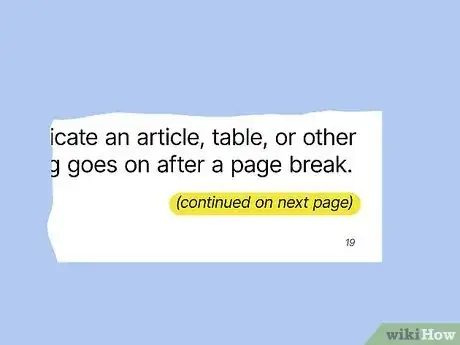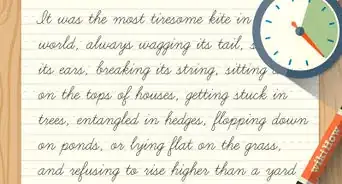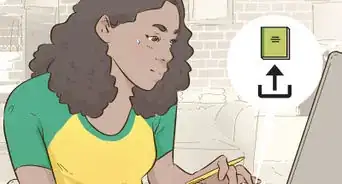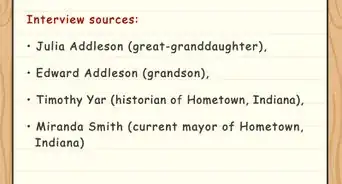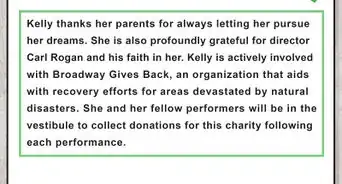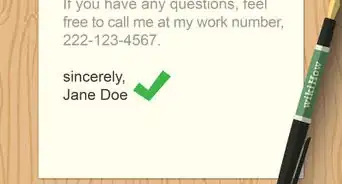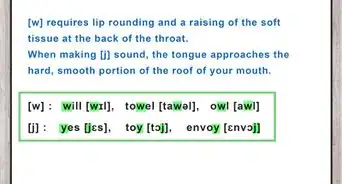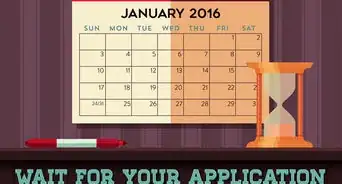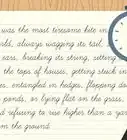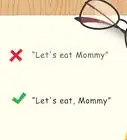This article was co-authored by wikiHow staff writer, Dan Hickey. Dan Hickey is a Writer and Humorist based in Chicago, Illinois. He has published pieces on a variety of online satire sites and has been a member of the wikiHow team since 2022. A former teaching artist at a community music school, Dan enjoys helping people learn new skills they never thought they could master. He graduated with a BM in Clarinet Performance from DePauw University in 2015 and an MM from DePaul University in 2017.
There are 7 references cited in this article, which can be found at the bottom of the page.
This article has been viewed 4,035 times.
Learn more...
To be continued. To be cont. To be cont’d? Which one of these is the right way to shorten “continued” again? They’re actually both correct, but which one you use depends on the context and your preferred writing style. In this article, we’ll show you the right abbreviations of “continued” and how to write with them (plus which incorrect versions to avoid). If you’re ready to polish up your shorthand writing, continue reading!
Things You Should Know
- Write “cont.” as the abbreviation for “continued” in business or casual writing.
- Use “cont’d” as a contraction in informal, journalistic, or screenplay writing.
- Avoid using “con’t” since it’s a grammatically incorrect contraction.
- Try to use the whole phrase “Continued on next page” or leave it out entirely. If you include it, use “cont.” or “cont’d” according to your preferred style guidelines.
Steps
References
- ↑ https://www.britannica.com/dictionary/cont.
- ↑ https://www.merriam-webster.com/dictionary/abbreviation
- ↑ https://www.businesswritingblog.com/business_writing/2022/09/whats-the-right-way-to-abbreviate-continued.html
- ↑ https://community.cochrane.org/style-manual/abbreviations-acronyms-and-initialisms/when-use-abbreviations-acronyms-and-initialisms
- ↑ https://www.britannica.com/dictionary/cont%27d
- ↑ https://www.merriam-webster.com/dictionary/contraction
- ↑ https://www.masterclass.com/articles/continuous-screenplay
- ↑ https://www.businesswritingblog.com/business_writing/2022/09/whats-the-right-way-to-abbreviate-continued.html
- ↑ https://www.businesswritingblog.com/business_writing/2022/09/whats-the-right-way-to-abbreviate-continued.html





